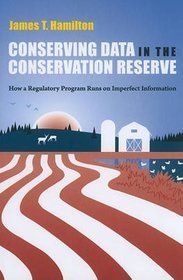Kategorie
Audiobooki
Czasopisma
Ebooki
Fantastyka
Komiksy
Książki dla dzieci i młodzieży
Książki do nauki języka obcego
Książki obcojęzyczne
Kultura i sztuka
Literatura faktu, reportaż
Literatura piękna
Naukowe, popularnonaukowe
Podręczniki
Podróże, mapy, przewodniki
Poradniki i albumy
Pozostałe
Thrillery, sensacyjne, kryminały
Inne
E-czytniki i tablety
Filmy
Gadżety i akcesoria
Gry i zabawki
Kalendarze
Muzyka
Zestawy i pakiety

Conserving Data in the Conservation Reserve
4.00
Oceń książkę!
Autor: James Hamilton
Wydawnictwo: Taylor FrancisISBN: 9781933115818
EAN:
Format: ...
Oprawa: miękka
Stron: 168
Data wydania: 2010-09-01
Książka "Conserving Data in the Conservation Reserve"
James Hamilton
Nasza księgarnia internetowa to książki, podręczniki największych księgarń oraz wydawnictw zebrane w jednym miejscu.
To my przekierujemy Cię do ksiegarni, która oferuje aktualnie najtańsze książki w internecie.
mKsiegarnia.pl - Przekierowujemy do najtańszych księgarń w Polsce!
Copyright © mKsiegarnia.pl - Porównywarka Cen Książek
Copyright © mKsiegarnia.pl - Porównywarka Cen Książek

